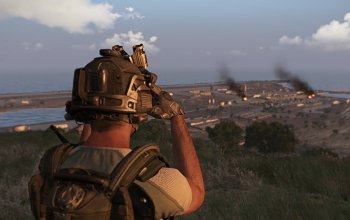
LATEST NEWS
Κυκλοφορεί το πρώτο campaign DLC του Arma 3
Η Bohemia Interactive τήρησε το αρχικό μέρος του χρονοδιαγράμματός της και κυκλοφόρησε χθες το πρώτο δωρεάν DLC της single player campaign για όλους τους κατόχους του Arma 3. Θυμίζουμε οτι η εταιρία είχε αποφασίσει να κυκλοφορήσει το παιχνίδι χωρίς single player campaign, δεσμευόμενη να δώσει το σχετικό περιεχόμενο στην πορεία του χρόνου. Πλέον το πρώτο campaign DLC έχει γίνει διαθέσιμο μέσω του Steam και μπορείτε να το κατεβάσετε ανοίγοντας απλώς τον Steam client αν έχετε ήδη εγκατεστημένο το Arma 3 στον υπολογιστή σας. Σύμφωνα με την εταιρία η ακριβής ημερομηνία διάθεσης των επόμενων δύο κομματιών της single player campaign θα ανακοινωθεί εν ευθέτω χρόνω, οπότε οπλιστείτε με υπομονή! Ακολουθεί το επίσημο trailer του πρώτου campaign DLC:

